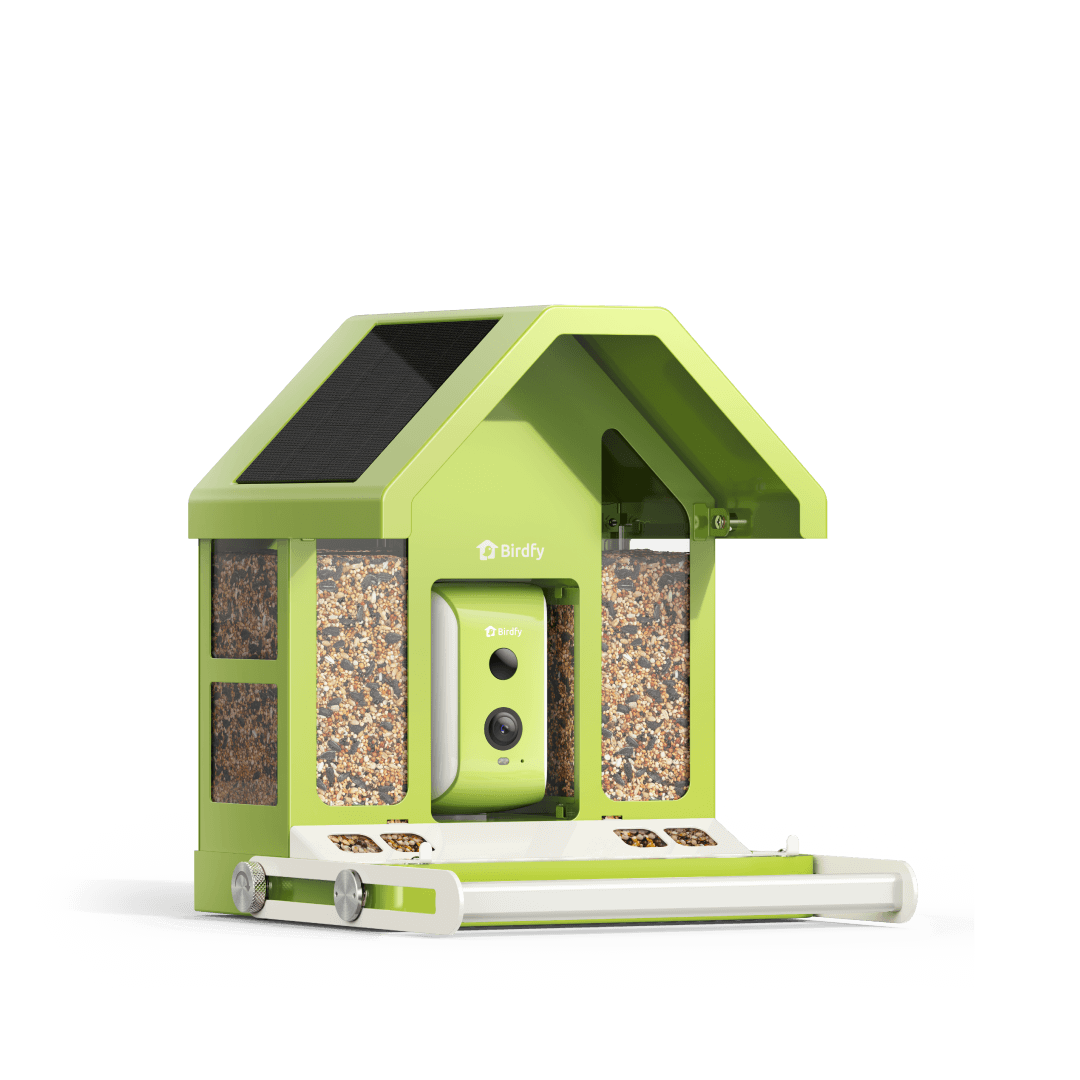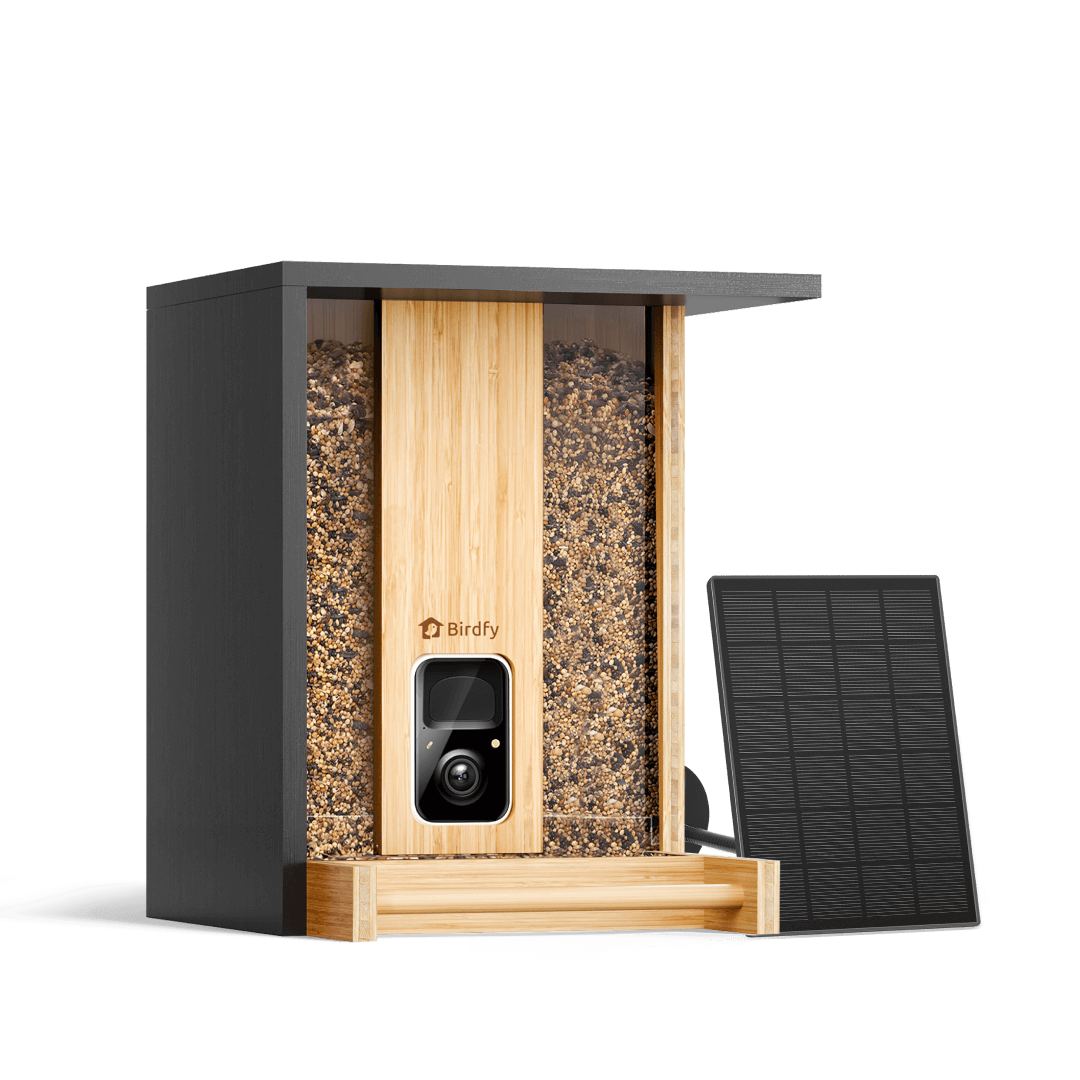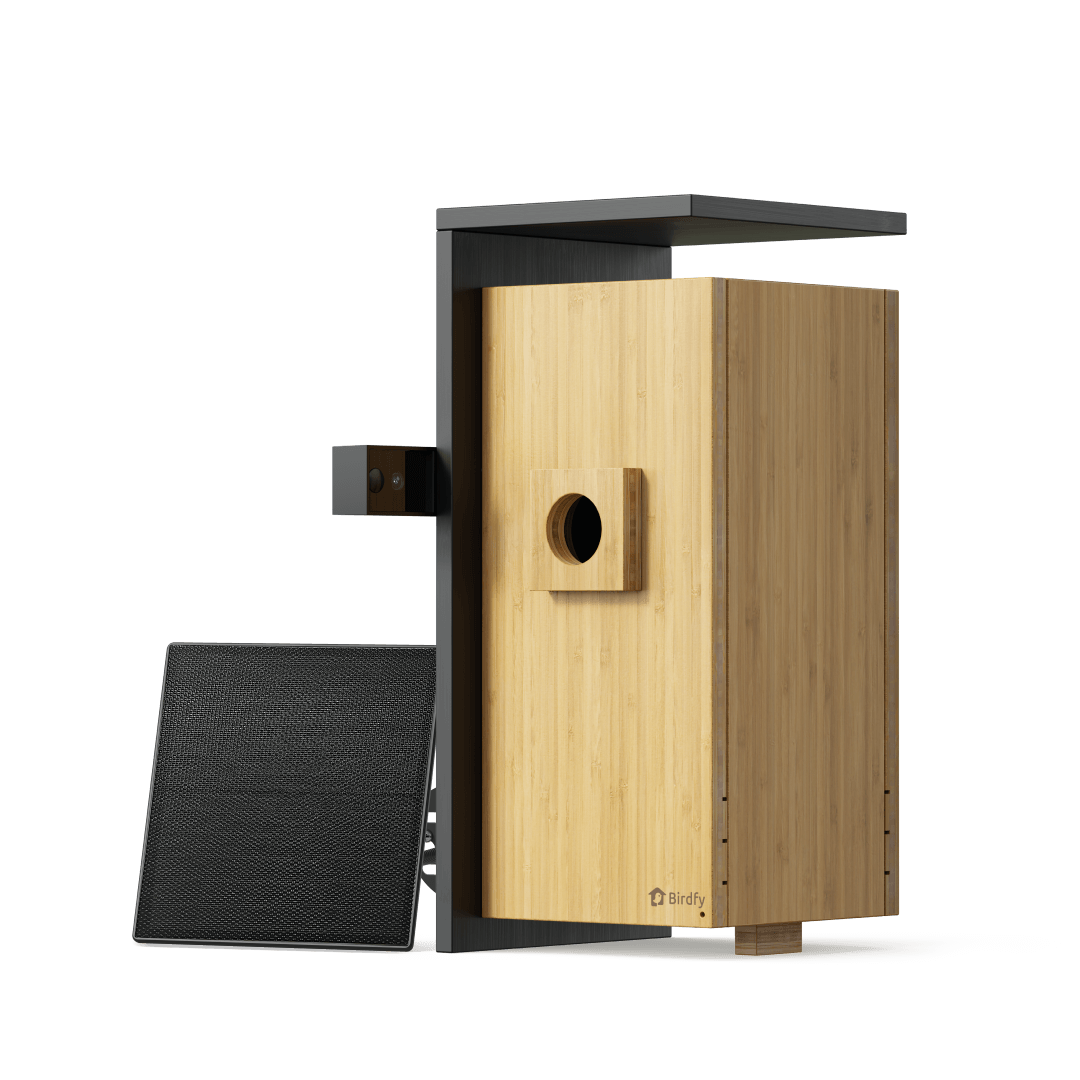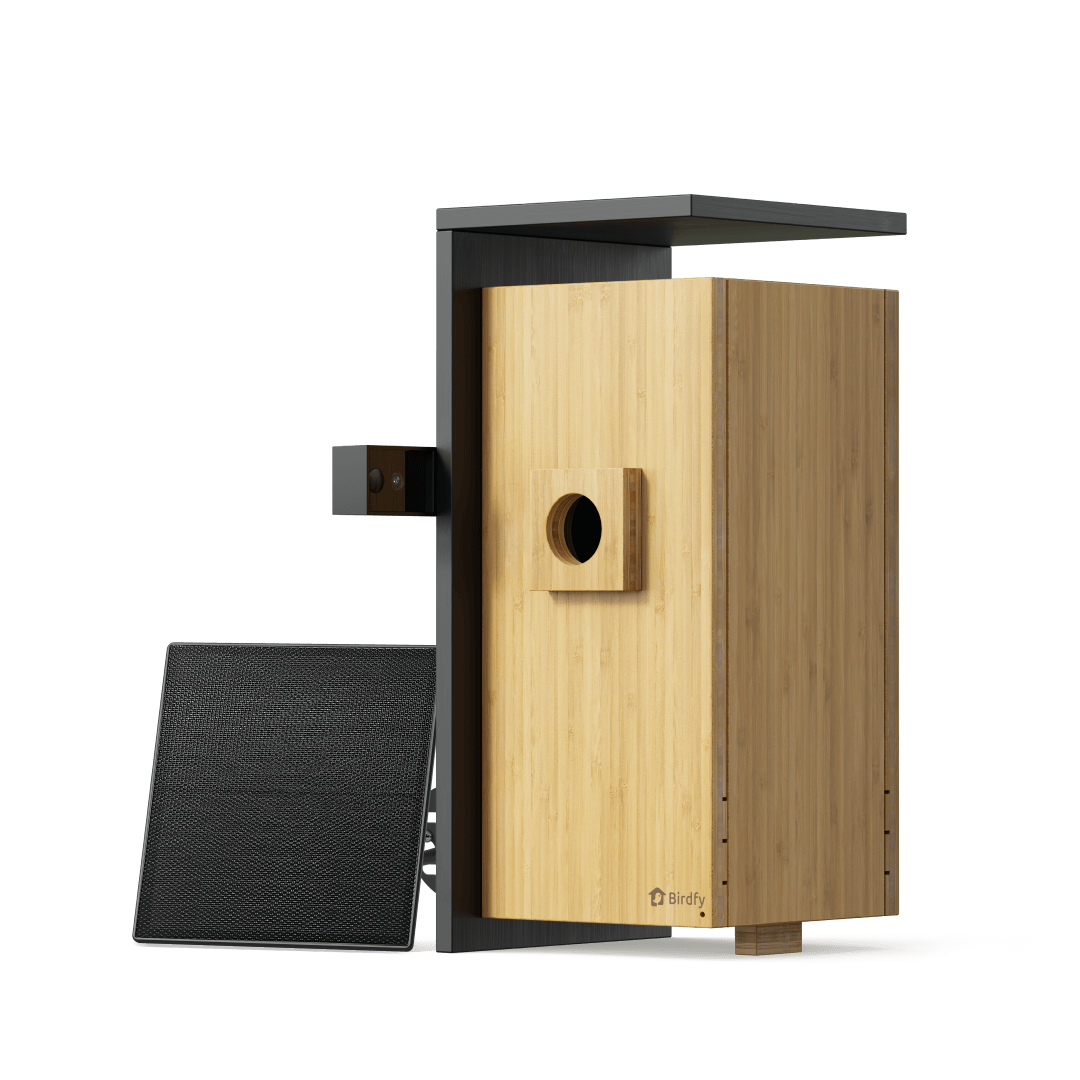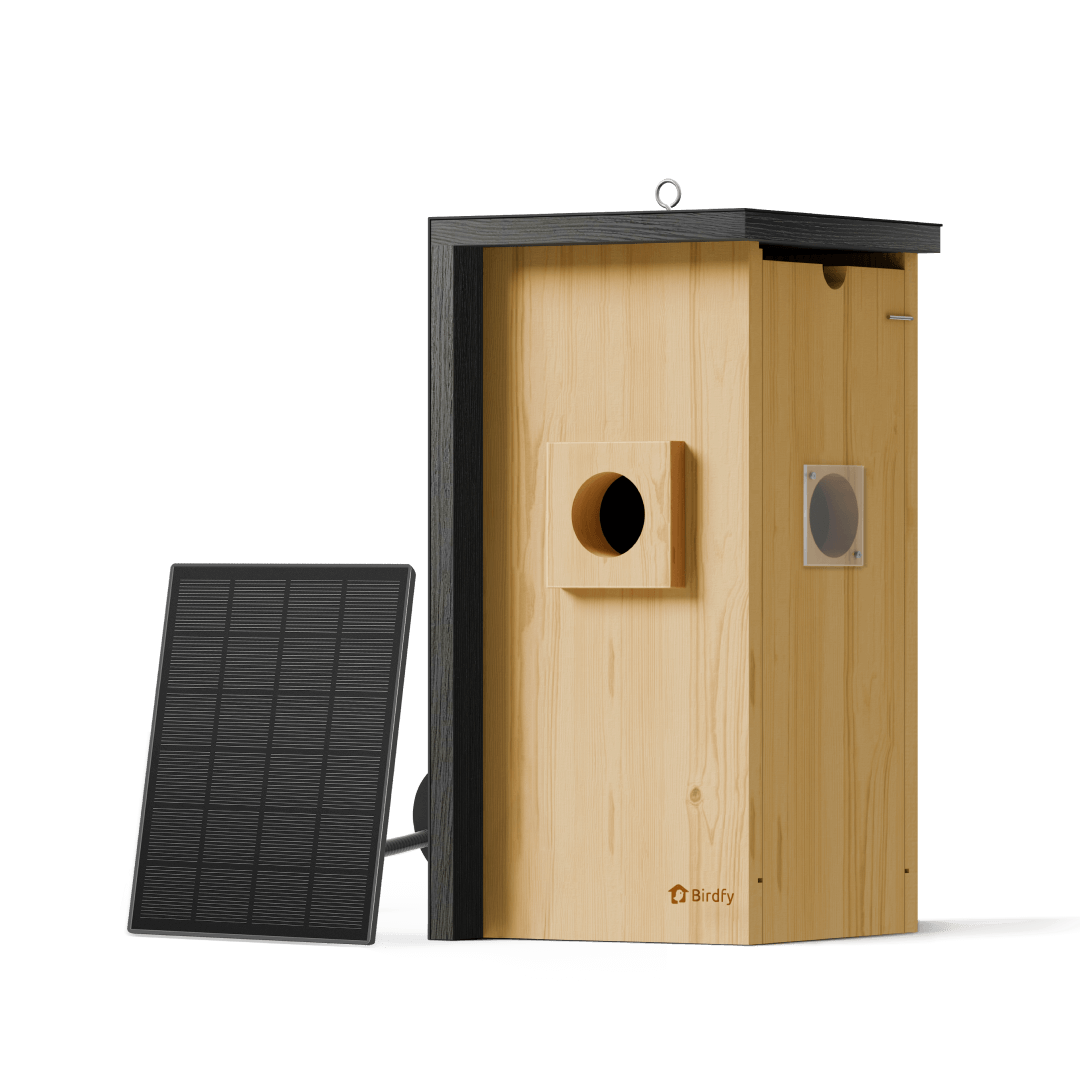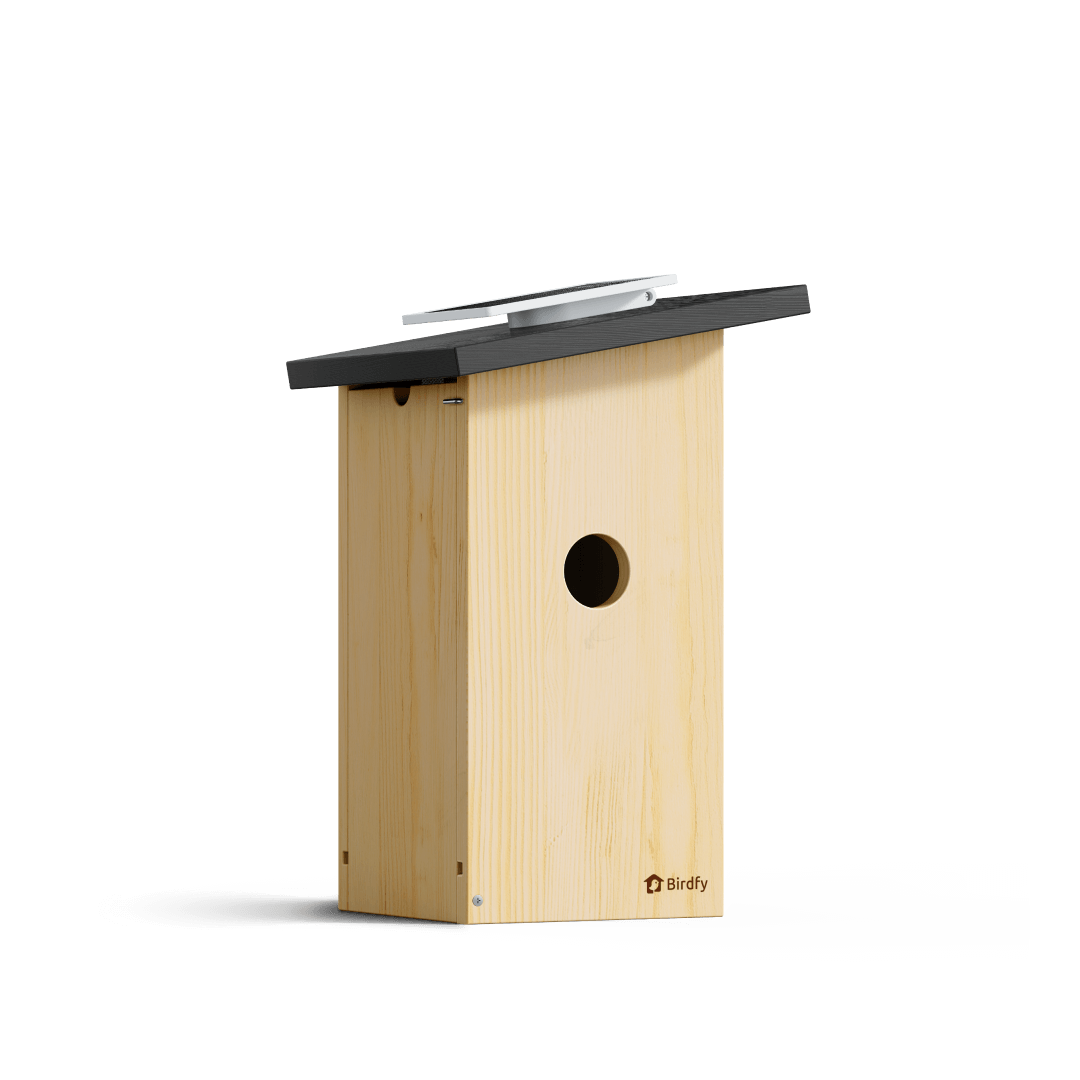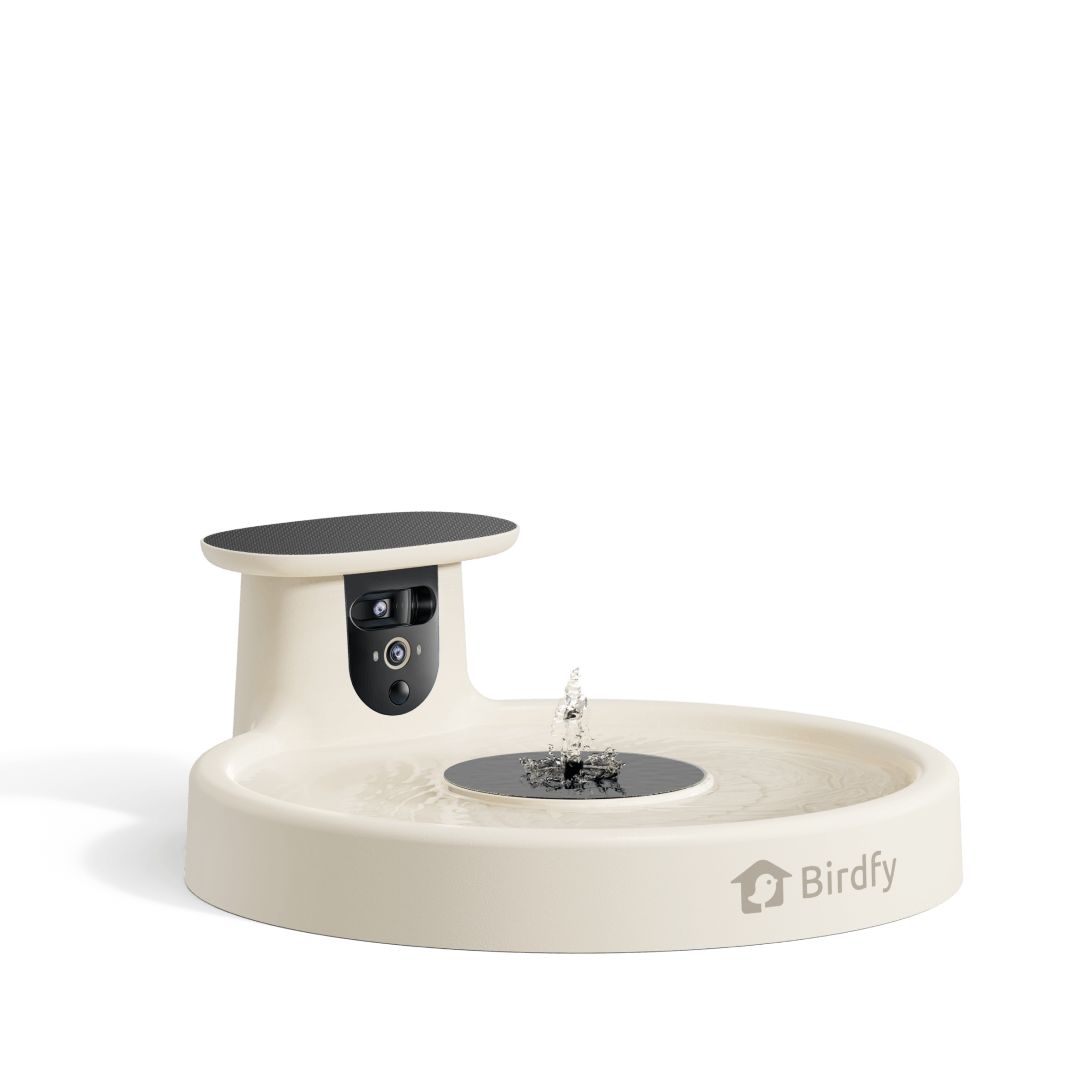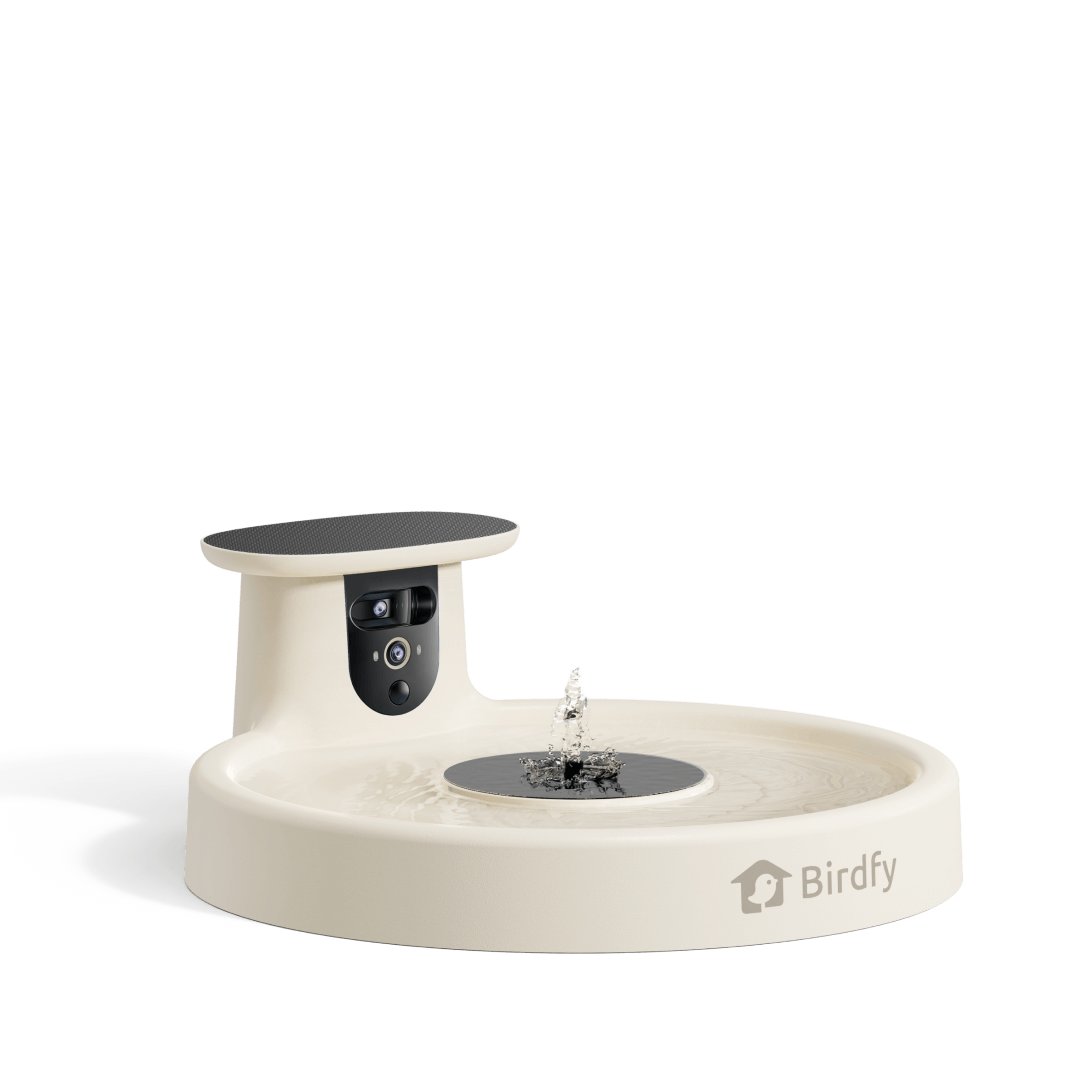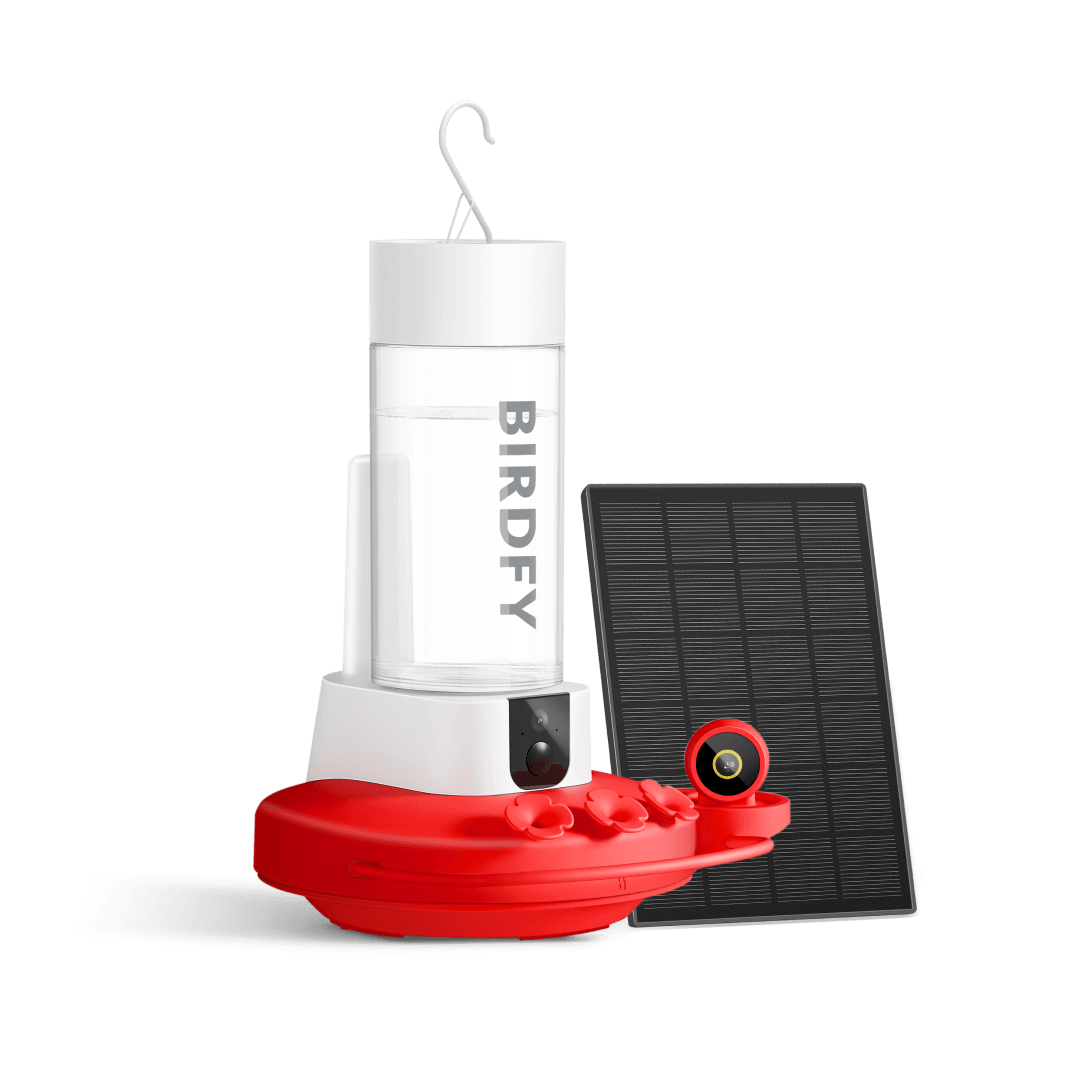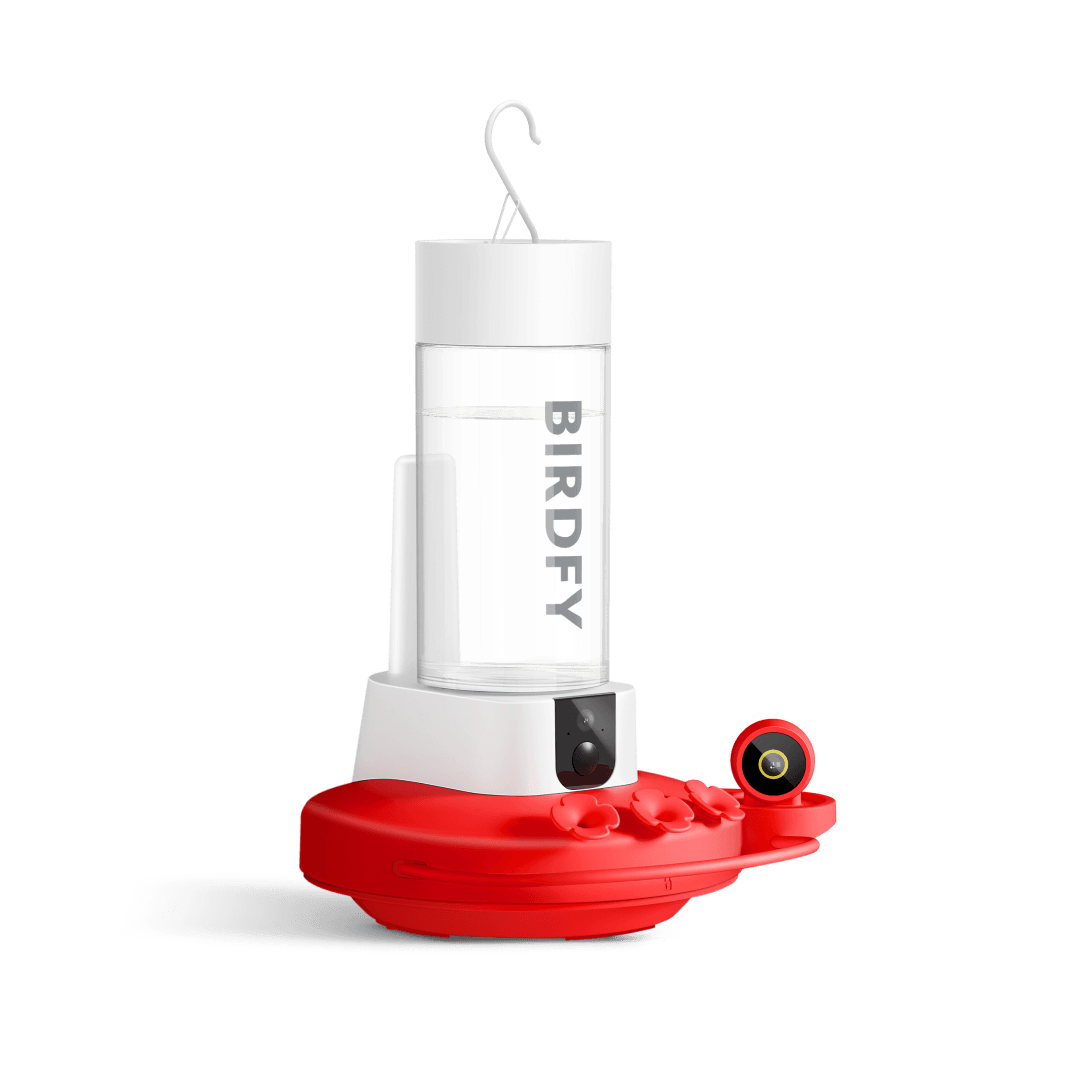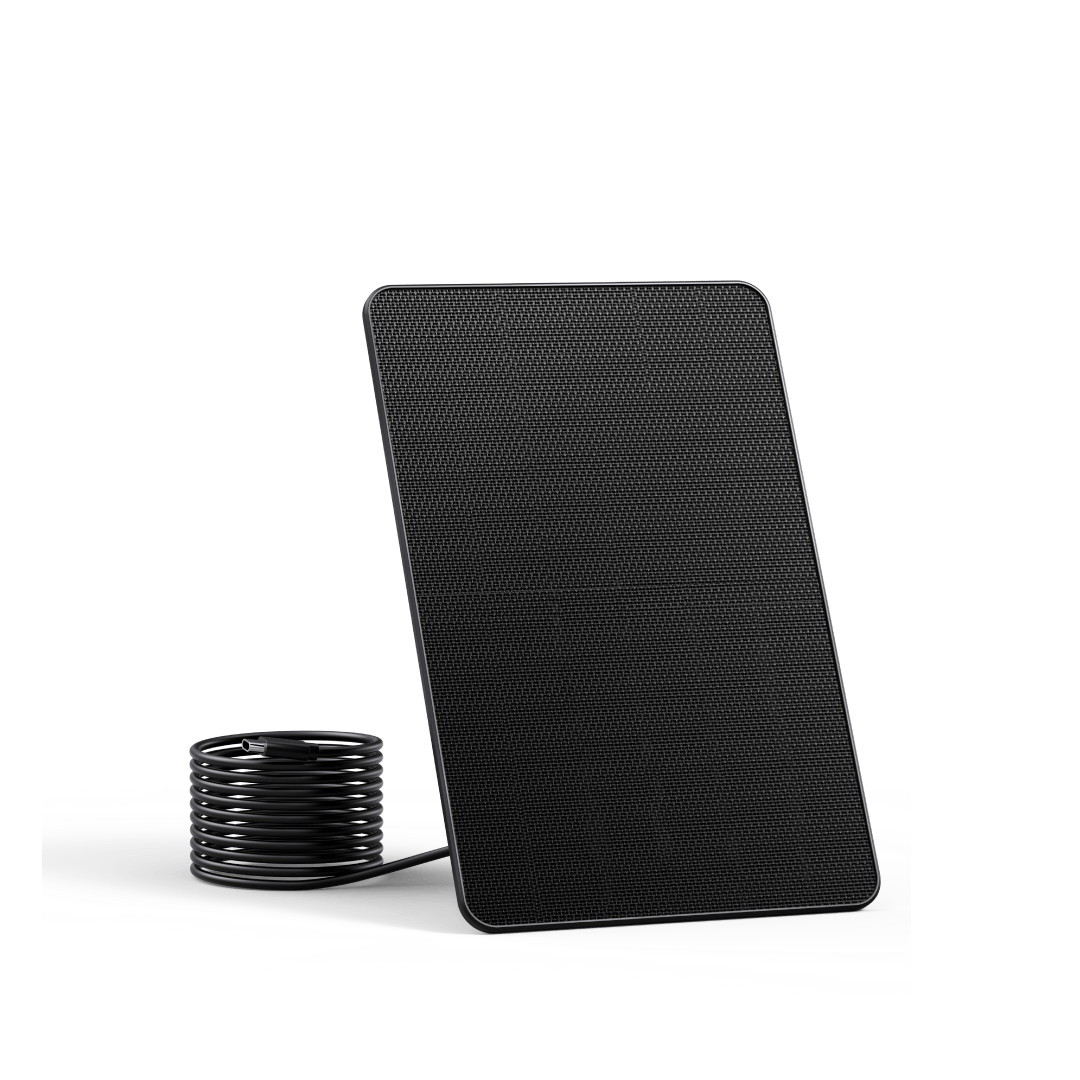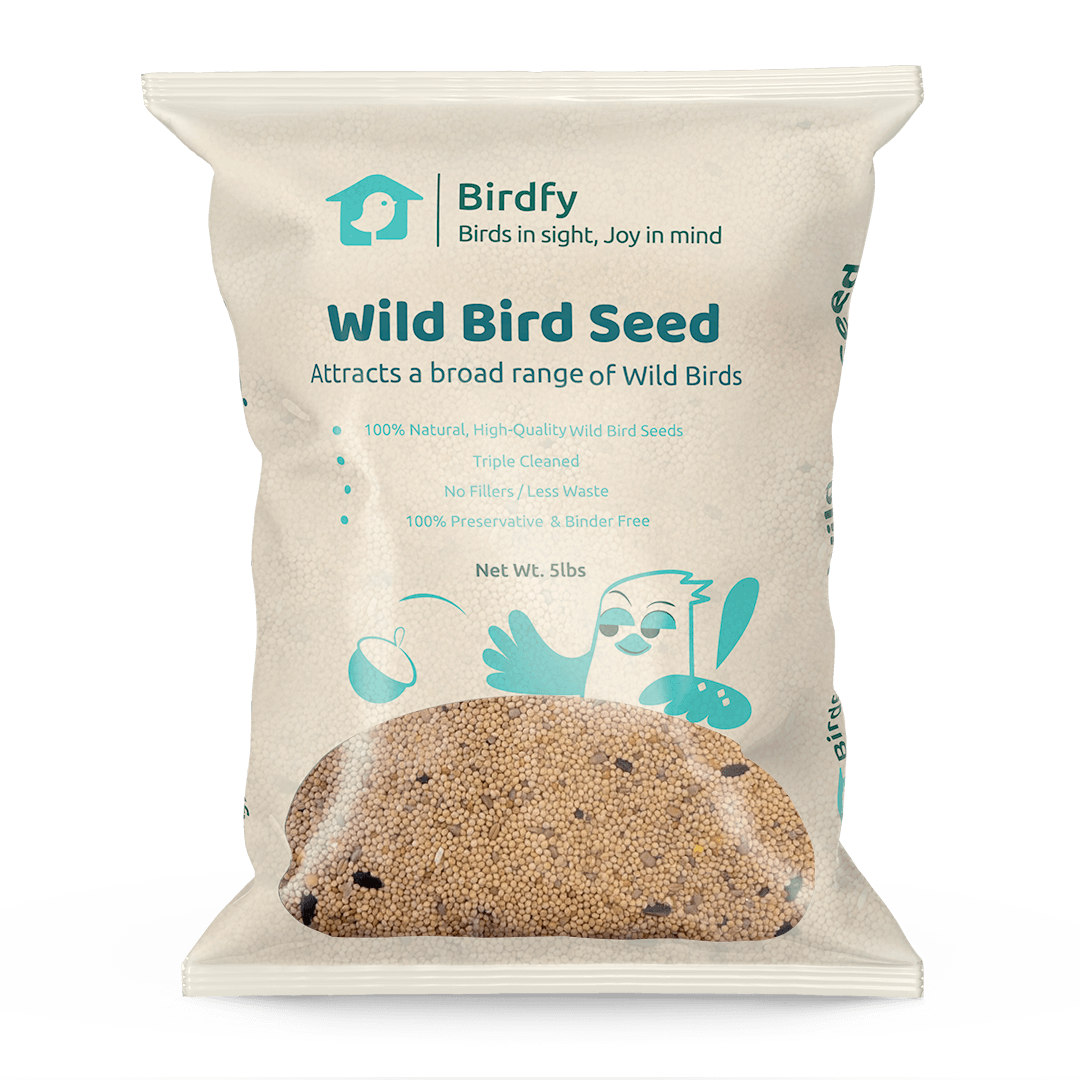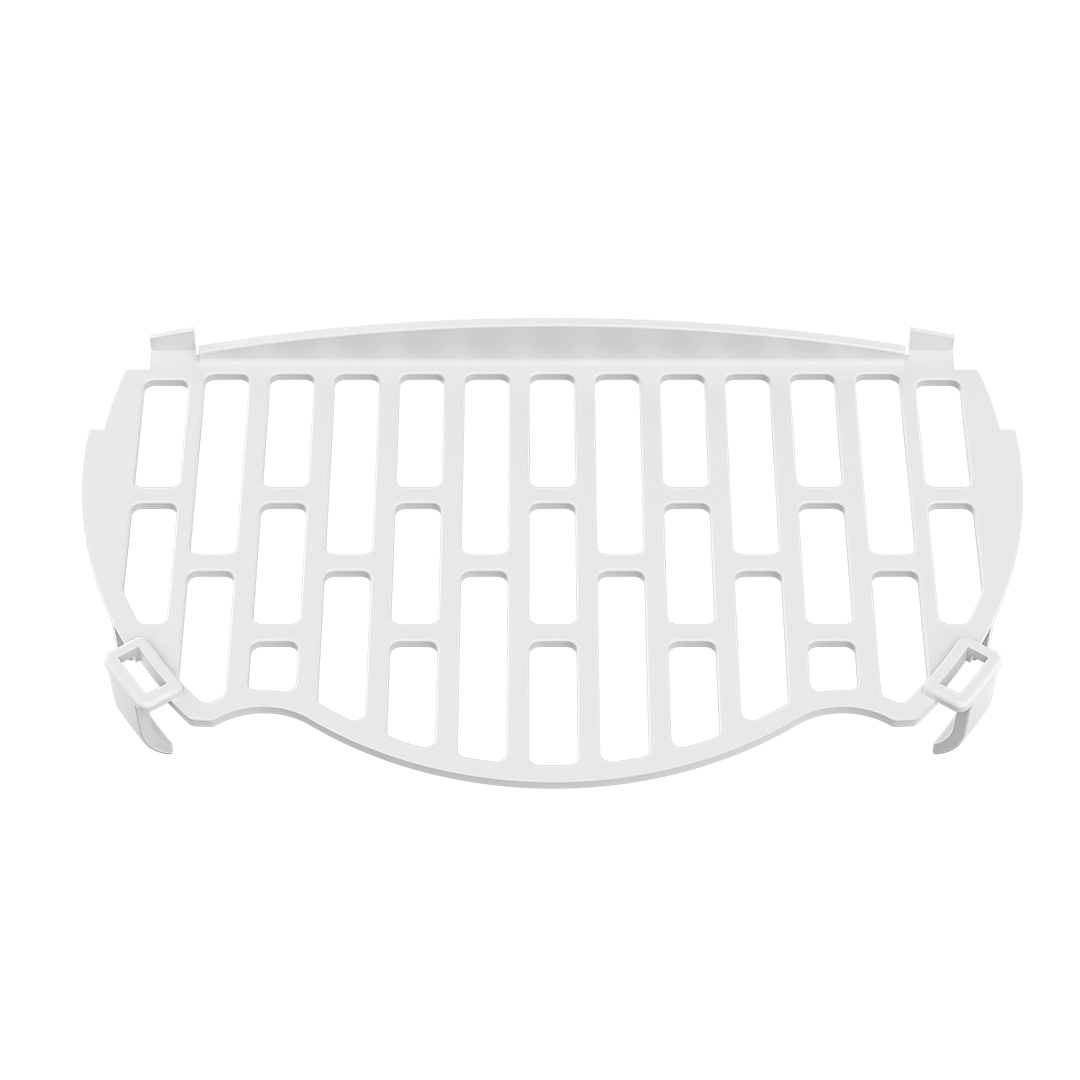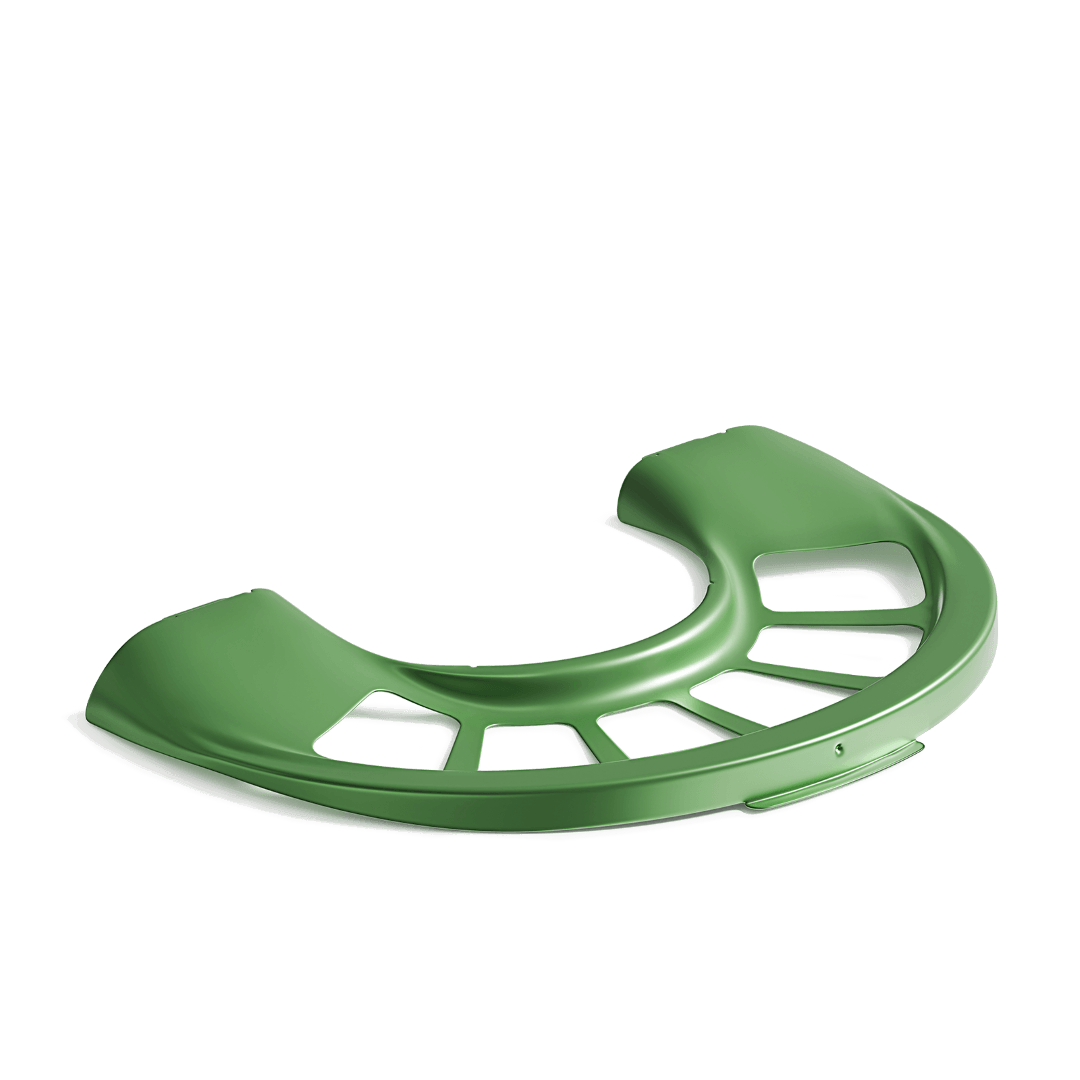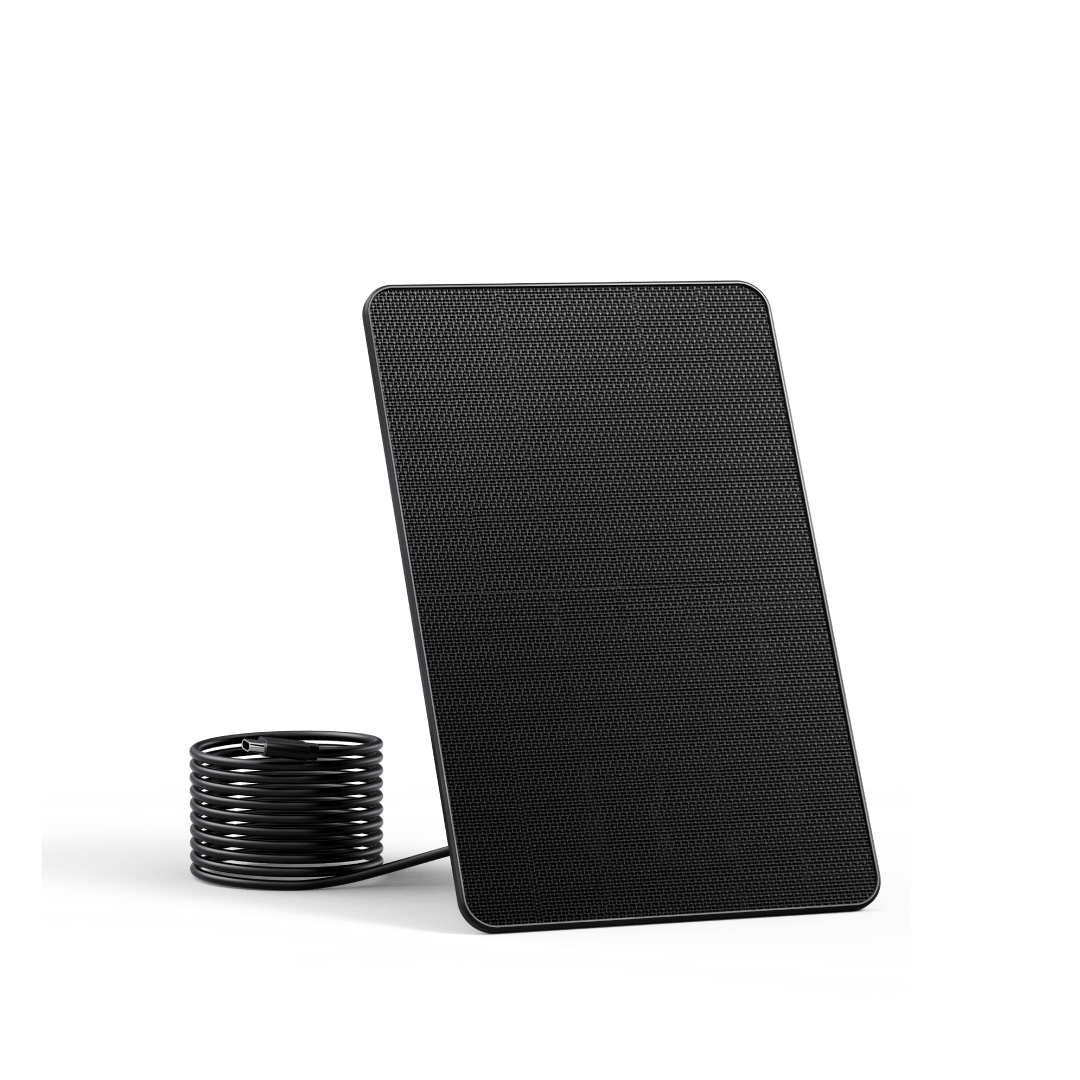How to care for baby birds (example: some backyard birds) ?
Caring for baby birds, especially free-range ones, requires specialized knowledge and care to ensure their health. Here are general guidelines on how to care for baby birds:
Assess the situation
If you find a baby bird that appears to be injured, orphaned, or in distress, observe it from a distance to determine if it needs help. Sometimes the parent bird may be nearby and the baby bird may not be in danger.
Contact a wildlife rehabilitator
If you think the baby bird needs help, contact a licensed wildlife rehabilitator or local animal rescue organization for guidance. They can provide expert advice on what to do and may be able to take in the baby bird and give it proper care.
Provide temporary shelter
If you are advised to care for a baby bird temporarily, prepare a temporary bird's nest in a small container lined with a soft, clean cloth or paper towel. Place the nest in a quiet, warm, and safe place away from pets and children.

Keep Warm
Young birds, especially chicks, are susceptible to temperature fluctuations and may need supplemental warmth. Use a low-temperature heating pad or a warm water bottle wrapped in a cloth to provide gentle warmth to the nest. Make sure the bird can move away from the heat source if it becomes too hot.
Feeding
If you are caring for a fledgling bird, you may need to feed it specialized food. You can use commercially available bird formulas or homemade formulas designed specifically for young birds. Feed with a small clean syringe or dropper, being careful not to force feed or overfeed. Avoid feeding your bird on its back as this can lead to inhalation.
Hydration
Use a small, shallow dish or dropper to feed water to young birds to ensure they stay hydrated. Avoid deep dishes that can lead to drowning. If the bird is too small to drink on its own, you may need to feed it with a syringe or dropper.
Avoid over-handling
Minimize handling of young birds as much as possible, as excessive stress and handling can be harmful. Limit interactions with feeding, cleaning and providing necessary care.
Observe and monitor
Pay close attention to the condition and behavior of baby birds. Look for signs of improving or deteriorating health. Note any changes in activity level, appetite or appearance and report them to wildlife rehabilitators as necessary.
Rehabilitation and Release
Once the baby bird is strong enough and has reached an appropriate stage of development, work with the wildlife rehabilitator to determine the best time and method for releasing it into the wild.

Does a baby bird know its way back to the nest?
Generally, fledglings are born with a sense of direction that helps them familiarize themselves with their surroundings and find their way to the nest. However, whether or not a chick can find its way back to the nest depends on several factors:
Age and development
Very young chicks are often featherless or have only a few downy feathers, and they may not have developed the ability to navigate or remember specific locations. Therefore, if they become lost, it may be difficult for them to find their way back to the nest.
Parental guidance
In many cases, young birds rely on their parents to guide them back to the nest. Parents will lead their offspring back to the nest through vocal, visual, and sometimes physical cues, especially if they have wandered too far.
Instinctive behavior
Some birds, especially pre-social birds (those that are relatively independent and active soon after hatching), have innate behaviors that help them return to the nest. These behaviors may include following visual landmarks, responding to specific calls or signals from parents, or using other environmental cues to navigate.
Learning and experience
As young birds grow and gain experience in their environment, they may become better at finding their way back to the nest. They learn from trial and error, as well as from observing and imitating the behavior of their parents and siblings.
While young birds generally have some innate ability to find their way back to the nest, they may still encounter challenges or obstacles along the way. Factors such as predation, environmental hazards, or unfamiliar environments can pose a risk to young birds. Additionally, human intervention or interference may disrupt the natural process of young birds finding their way back to the nest. If you come across a baby bird that seems lost or in trouble, it is best to contact a wildlife rehabilitator or animal rescue organization for helpful guidance.

How long can a baby bird stay in the nest without its mother?
How long a chick can remain in the nest without its mother depends on several factors, including the age and stage of development of the bird, environmental conditions, availability of food, and protection from natural enemies.
Newly fledged chicks
Young chicks are usually featherless or have only a few downy feathers, and they are completely dependent on their parents for warmth, protection, and food. They are unable to regulate their body temperature or leave the nest alone. In this case, the presence of the mother is vital to the survival of the chicks. If chicks are left alone for long periods, they may become cold, dehydrated, or predated.
Older chicks
As chicks grow and develop, they become more resilient and independent. They may be able to survive without their mother for short periods, especially if they are well-fed and protected in the nest. However, chicks still depend on their parents for food and protection from predators. If the mother is away for too long, the chicks may starve, become dehydrated, or be at risk.
Fledgling
As chicks enter the fledgling stage and develop flight feathers, they become more mobile and can leave the nest on their own or with parental encouragement. Chicks are capable of flying short distances and can explore the environment outside the nest. Although chicks still receive food and protection from their parents, they are more independent and can survive longer without their mothers.

When do baby birds get feathers?
The time it takes for chicks to develop feathers varies depending on the species of bird and the stage of development of the individual.
Down feather stage
Young birds are usually covered with a layer of down feathers when they hatch from the egg. Down feathers are soft and fluffy and act as an insulator to help keep the hatched chick warm. The down feather stage usually lasts a few days to a week after hatching, depending on the species.
Growth of flight feathers
As young birds grow, they begin to develop flight feathers, also known as profile feathers. These feathers are larger, stiffer, and more structured than down feathers and play a vital role in flight. Flight feather growth usually begins a few days after hatching and continues for several weeks.
Fledgling stage
Once the flight feathers are fully grown, the young bird enters the fledgling stage. At this point, the fledgling is covered with down feathers and flight feathers for a more mature appearance. Fledglings may leave the nest and begin to explore their surroundings, hopping from branch to branch under the watchful eye of their parents and practicing short-distance flight.
Juvenile Bird Feathers
As chicks continue to grow and mature, they gradually shed their down feathers and replace them with feathers similar to those of adult birds. This transition usually takes a few weeks to a few months, depending on the species of bird. By the time they reach adulthood, young birds will have grown full adult feathers.
The time it takes for feathers to develop varies by bird species and may be affected by factors such as environmental conditions, food availability, and parental care. In general, however, most young birds begin to develop flight feathers shortly after hatching and continue to grow and molt feathers as adults.

















